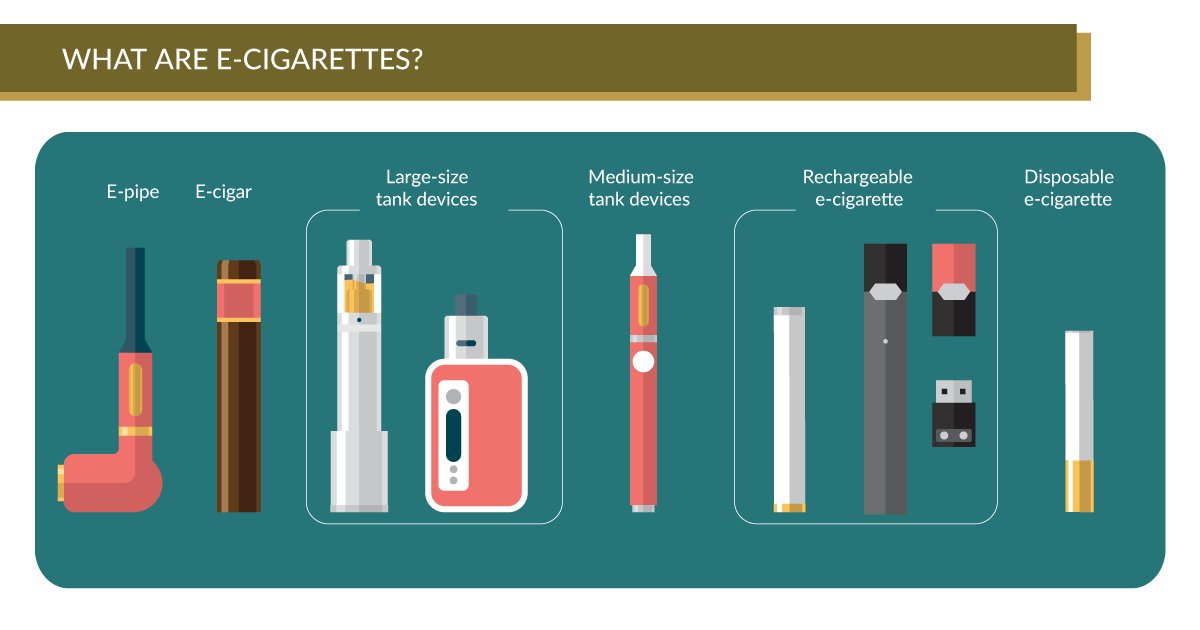Skin and Abdomen Assessment
Skin and Abdomen Assessment
Topic 5: Problem Focus Exams: Skin and Abdomen, Male and Female Genitourinary, and Female Breast
Complete a 250-350-word reflection of what you have learned during this topic. Include the following in your reflection: Think about an experience you’ve encountered when viewing or completing the particular assessment. Discuss difficulties that could potentially arise or specific questions related to completing this type of assessment.
Include illustrative examples of potential strategies used to overcome the difficulties encountered when completing (the particular) assessment. Describe how the Christian worldview and compassion for all plays a role in this type of assessment.
APA style is not required, but solid academic writing is expected. This assignment uses a rubric. Please review the rubric prior to beginning the assignment to become familiar with the expectations for successful completion. You are not required to submit this assignment to LopesWrite.
(Skin and Abdomen Assessment )
Reflection on Problem-Focused Exams
During the recent topic on problem-focused examinations, specifically related to skin, abdomen, genitourinary systems, and breast assessments, I gained significant insights into the complexities and nuances involved in conducting these evaluations. One notable experience involved a practical session where I observed a skin assessment on a patient with various dermatological conditions. The challenges arose primarily from the need to differentiate between similar-looking skin lesions, which required not only clinical knowledge but also careful observation and examination skills.
One major difficulty in conducting these assessments is the potential for misinterpretation of findings. For example, distinguishing between benign and malignant lesions can be challenging, especially for those who are still developing their clinical assessment skills. Questions often arise, such as how to best communicate findings to the patient and when to refer to a specialist.
To overcome these challenges, several strategies can be implemented. First, thorough training in recognizing the characteristics of different skin conditions through case studies and visual aids can enhance assessment accuracy. Additionally, using a systematic approach, such as the ABCDE method for skin lesions (Asymmetry, Border, Color, Diameter, and Evolving), can serve as a practical guide for assessments. Engaging in peer discussions and case reviews also promotes knowledge-sharing, which is essential for developing proficiency in physical examinations.
Furthermore, integrating the Christian worldview and compassion into these assessments is vital. The principle of treating every patient with dignity and respect aligns with the core teachings of Christianity. This perspective encourages healthcare providers to approach each assessment with empathy, recognizing the emotional and psychological impact of health conditions on patients. For instance, when conducting sensitive assessments like breast examinations, it is crucial to create a safe and comfortable environment, ensuring that the patient feels valued and understood.
In conclusion, the journey of learning about problem-focused examinations has been enriching, highlighting both the technical skills required and the compassion needed in patient interactions. Emphasizing continuous learning, utilizing effective strategies, and integrating a compassionate worldview will significantly enhance the quality of care provided to patients.
References
Gordon, M. (2020). Nursing assessment: The importance of an accurate and complete assessment in nursing. Nursing Management, 51(4), 18-24.
https://journals.lww.com/nursingmanagement/Abstract/2020/04000/Nursing_assessment__The_importance_of_an.3.aspx
McGowan, M. L., & O’Neill, D. (2019). Developing a compassionate approach to patient care: The role of healthcare professionals. Journal of Healthcare Management, 64(5), 350-358. https://www.ache.org/-/media/ache/about-ache/our-story/our-history/jhcm/jhcm-sept-oct-2019.pdf
Huang, H., & Lee, W. (2018). Using the ABCDE method for assessing skin lesions. International Journal of Dermatology, 57(6), 705-711.
https://onlinelibrary.wiley.com/doi/full/10.1111/1468-3083.14144
Johnson, S., & Hu, Y. (2021). Compassionate care in nursing: Theory and practice. Nurse Education Today, 97, 104646.
https://www.sciencedirect.com/science/article/pii/S0260691720305052



